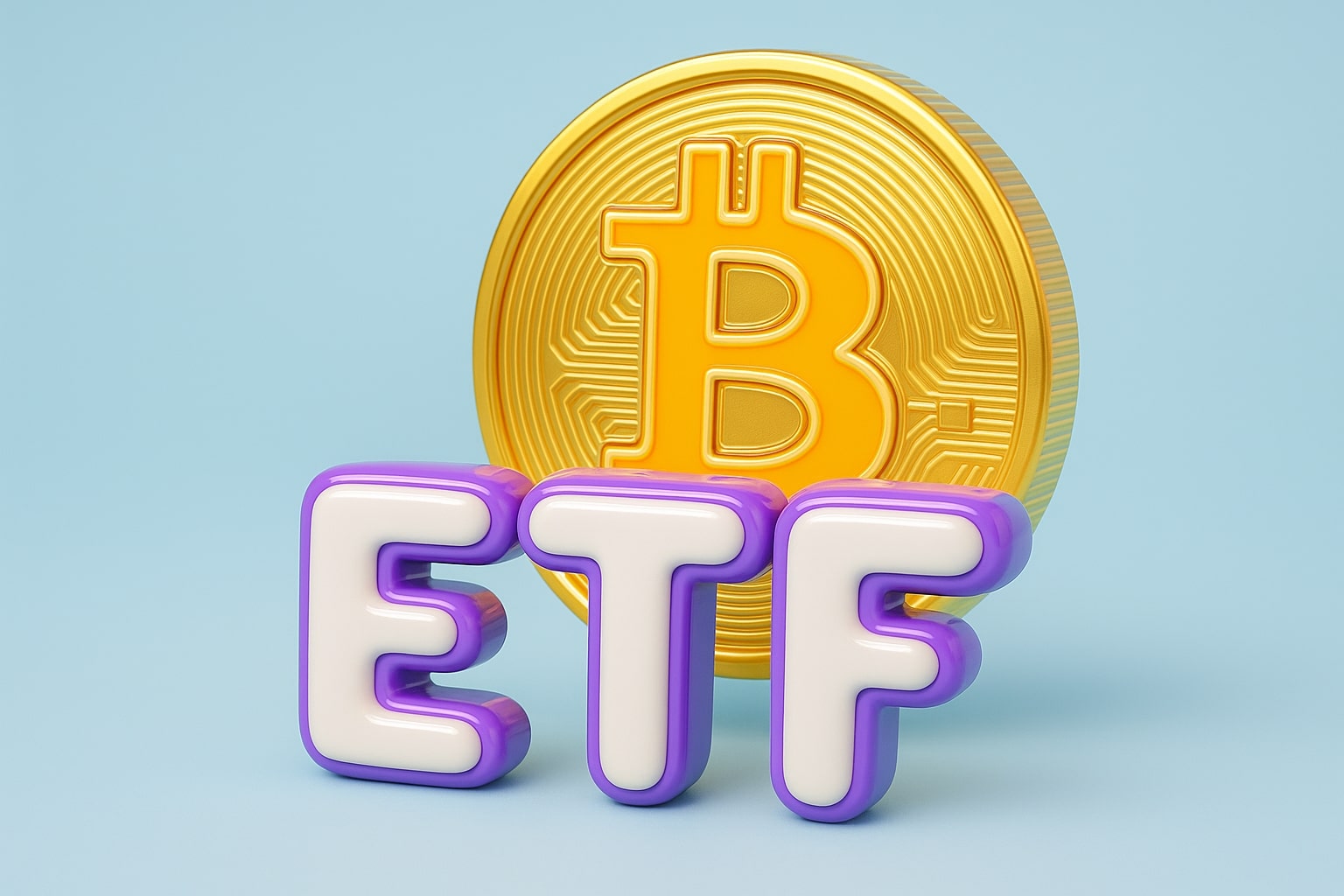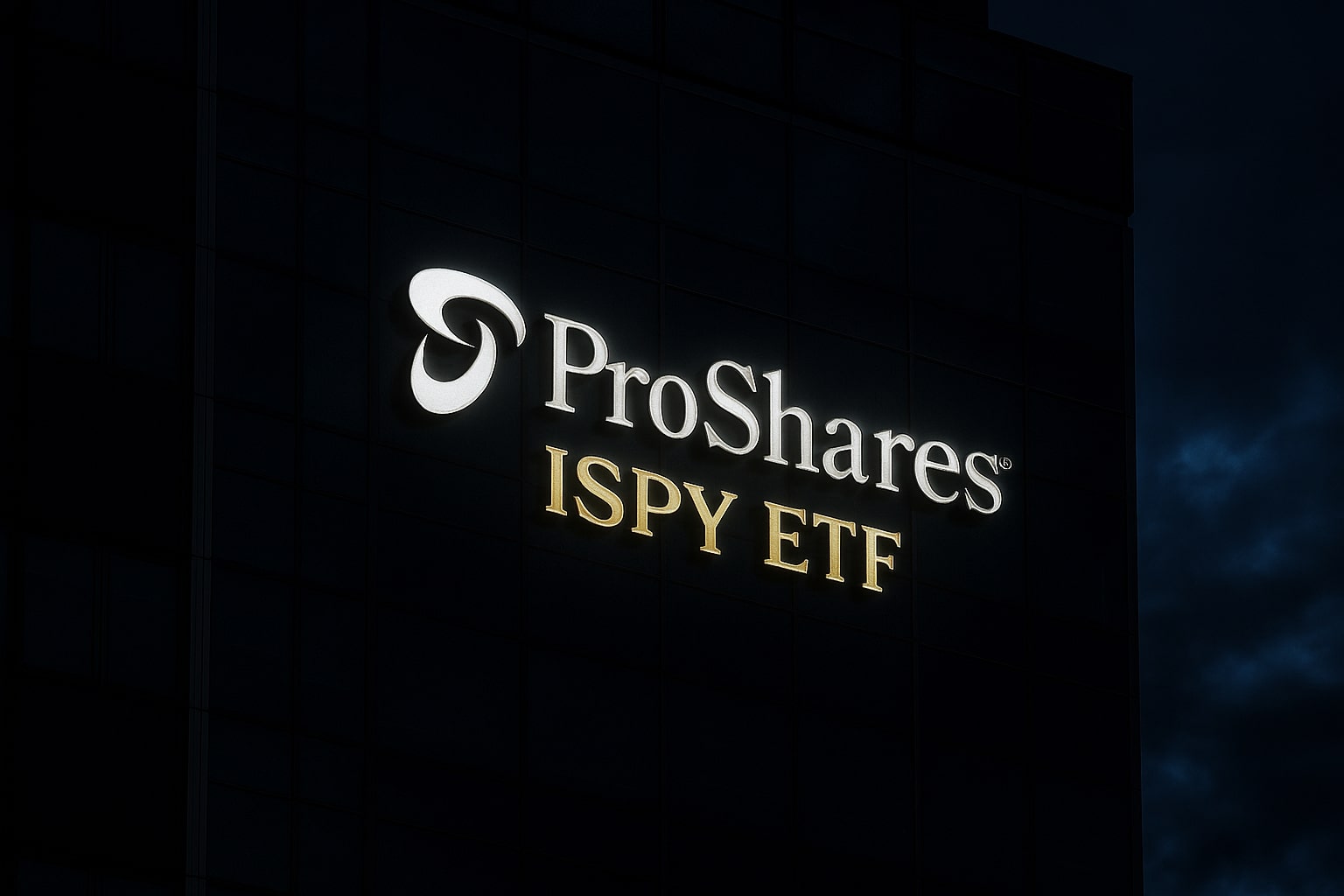Bitcoin ETF Inflows Rebound After Historic Outflow Shock
Bitcoin (BTC-USD) trades near $107,000, regaining stability after last week’s violent liquidation that erased nearly $19 billion in leveraged positions across crypto futures. Despite the turbulence, institutional participation through U.S. spot Bitcoin ETFs—chiefly BlackRock’s iShares Bitcoin Trust (IBIT)—remains at record strength. IBIT’s shares hover around $60.50, roughly 15% below their early-October peak near $71, yet assets under management stand near $90 billion, having briefly surpassed the $100 billion threshold earlier this month. That milestone cements IBIT as the fastest-growing ETF in history, outpacing traditional behemoths like SPY and VOO, which each needed over five years to cross the same mark.
Institutional Flows Endure Despite $536 Million Daily Exodus
On October 17, aggregate U.S. Bitcoin ETFs registered $536 million in net outflows, the largest single-day withdrawal since August 1. Eight of twelve funds saw redemptions, led by ARK 21Shares (ARKB) with $275 million exiting and Fidelity (FBTC) losing $132 million. Yet BlackRock’s IBIT remained comparatively resilient, shedding only $29 million—less than 6% of the total. Over the preceding two sessions, IBIT even attracted $134 million in new capital, indicating long-term buyers used the correction as a re-entry window. Across all ETFs and public corporations, institutions now hold roughly 12% of Bitcoin’s circulating supply, a structural foundation unseen in prior cycles.
Geopolitical Volatility Meets Macro Shifts
The flash crash stemmed from renewed U.S.–China tariff escalation, after Washington signaled a potential 100% import duty, spooking global risk markets. Bitcoin plunged from $122,000 to $104,000 within hours before rebounding above $105,000. Concurrently, expectations for a Federal Reserve rate cut on October 29 rose to 65%, fostering optimism that liquidity conditions will soon loosen. A dovish pivot would historically favor Bitcoin inflows: during prior easing cycles, BTC’s correlation with the Nasdaq tightened, amplifying upside during liquidity expansions. Conversely, persistent inflation near 3% YoY could delay relief and prolong ETF volatility.
BlackRock Dominance Defines the ETF Landscape
BlackRock’s lead is absolute. IBIT controls approximately 1.3 million BTC, four times larger than its closest rival, Fidelity’s FBTC, which manages roughly $24 billion AUM. Grayscale’s GBTC, long the institutional gateway, now trades only 10% below NAV as conversion to a spot ETF appears imminent. Should approval arrive, the transition could inject an additional 600,000 BTC into the regulated ETF ecosystem. Still, IBIT’s liquidity advantage—average daily turnover above $2.6 billion—keeps it the benchmark vehicle for large allocators. At a 0.25% management fee, IBIT generates roughly $225 million per year in revenue for BlackRock, already surpassing many of its legacy equity products.
Investor Behavior Points to Strategic Accumulation
Blockchain data confirm consistent accumulation: over $169 million in BTC flowed from exchanges to cold storage last week, while on-chain “long-term holder supply” reached an all-time high. Institutions appear to be dollar-cost-averaging through ETF channels rather than retreating. Even after the drawdown, Bitcoin remains up +15% YTD and +75% over 12 months, underscoring how corrections coexist with structural inflows. Analysts at multiple desks note that the latest selloff mirrors prior “deleveraging resets” rather than a cycle peak, citing resilient funding rates and declining exchange reserves as supportive metrics.
Regulatory Clarity Fuels Broader ETF Pipeline
The SEC’s September rule change allowing standardized 75-day reviews for crypto ETFs ignited a second wave of filings—not only for Bitcoin but also for Ethereum, Solana, and XRP. This regulatory pivot, coupled with July’s bipartisan stablecoin law, has converted skepticism into measured acceptance among U.S. institutions. BlackRock has already registered an “iShares Bitcoin Premium Income ETF” designed to write covered calls on BTC futures, signaling Wall Street’s intent to layer yield strategies atop spot exposure. The expansion beyond passive tracking could push total crypto ETF AUM above $150 billion by early 2026.
Comparative Pressure on Ethereum and Altcoin Funds
The capital rotation toward Bitcoin is stark. On the same day as Bitcoin’s outflows, Ethereum spot ETFs lost $56.9 million, and Arkham data showed BlackRock clients selling $146 million in ETH, reallocating to Bitcoin’s stronger narrative. Ethereum’s underperformance—down roughly 8% in October versus Bitcoin’s -5%—reflects investor preference for regulatory clarity and liquidity depth. Bitcoin’s first-mover status within ETF structures gives it near-monopoly scale; its products now account for roughly 85% of total crypto ETF assets worldwide.
Technical and Sentiment Landscape for BTC-USD
Technically, BTC-USD trades between $105,000 support and $114,000 resistance. The RSI at 48 indicates neutral momentum, while moving averages flatten after the flash crash. Volume profiles show heavy institutional bids layered from $100,000 to $104,000, suggesting strong defense zones. On the upside, reclaiming $118,000 would confirm renewed trend strength and potentially retest the $126,200 all-time high from October 6. Futures open interest has normalized after the $19 billion liquidation, reducing systemic leverage risk and leaving room for renewed expansion should inflows resume.
Analyst Projections and Market Scenarios
Citi reiterates a $133,000 year-end target, emphasizing ETF accumulation rates even during downturns. Standard Chartered maintains its $200,000 forecast for end-2025, projecting that ETF-driven scarcity could halve exchange liquidity within twelve months. Meanwhile, hedge-fund managers like Arthur Hayes frame the October drawdown as a “buying window,” expecting a rebound toward $120,000–$130,000 before year-end. Prediction markets remain split, assigning 52% odds to a sub-$100K retest. The divergence underscores how institutional conviction coexists with short-term caution.
Macro Correlation and Equity Sensitivity
As ETFs integrate Bitcoin deeper into traditional portfolios, correlations with the S&P 500 and Nasdaq 100 have strengthened to 0.71 and 0.76, respectively—the highest on record. This convergence implies Bitcoin is transitioning from a niche hedge to a mainstream risk asset. For funds like IBIT, that alignment boosts credibility among asset allocators but also ties performance to macro cycles. If equities sustain momentum into Q4, Bitcoin could mirror the trend; if risk aversion returns, ETF outflows may accelerate temporarily.
Outlook and Strategic View
At $107,000, Bitcoin trades roughly 15% below its ATH yet above key psychological and technical thresholds. ETF holdings near record highs demonstrate enduring institutional demand even through volatility. The medium-term setup remains constructive: regulatory clarity, structural inflows, and forthcoming halving dynamics point to continued accumulation. Risks include prolonged macro tightening or renewed trade shocks, but absent those, ETF participation appears poised to expand rather than contract.
Verdict: Bitcoin (BTC-USD) and BlackRock’s IBIT are rated Buy, with a 12-month price target of $133,000 and ETF share objective near $75. The data reveal not a fading cycle, but a maturing one—defined by regulated inflows, institutional ownership, and a deepening integration between Wall Street capital and digital scarcity.
That's TradingNEWS


















